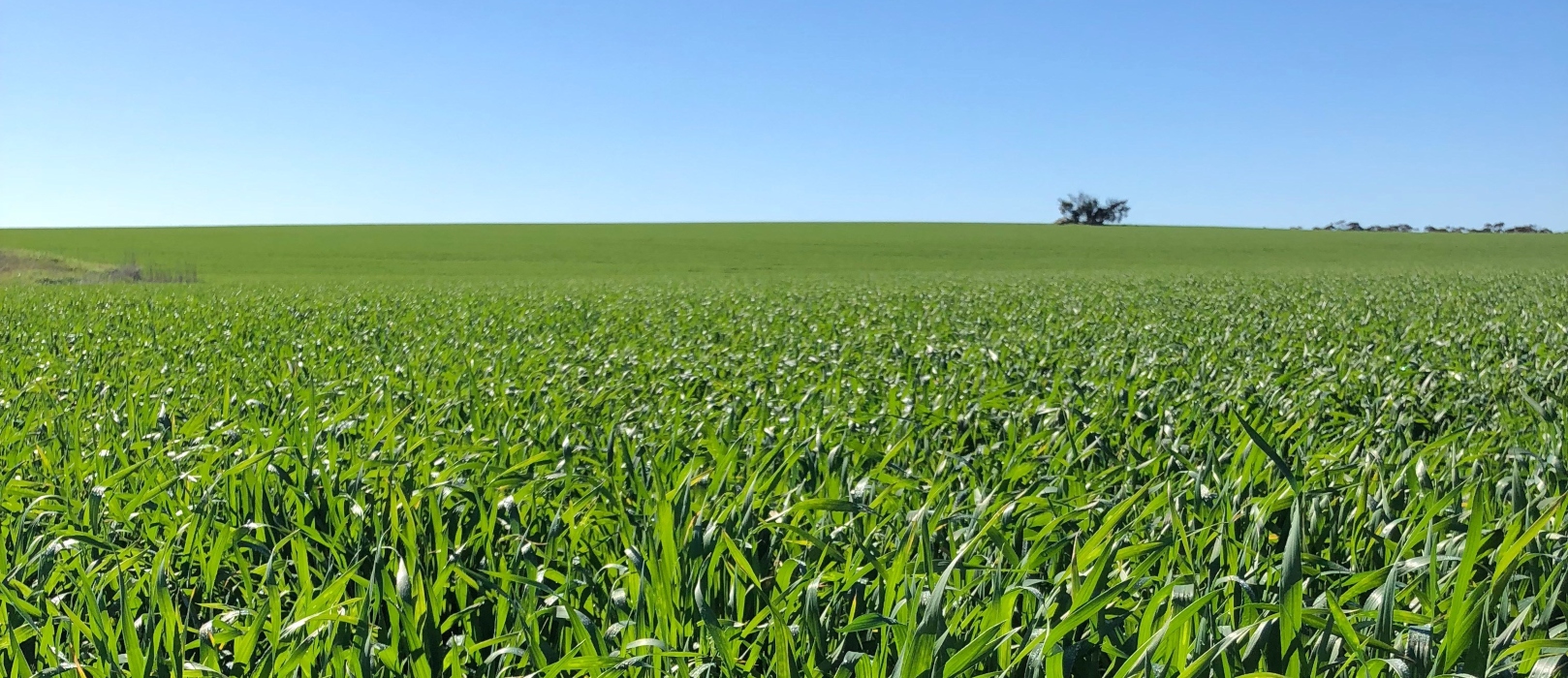
Grain Snippet: Barley Stays Firm Amid Global Corn Pressure
South Australian and Victorian barley prices have been steady to stronger over the last month on a track basis, with prices circa $325-330/MT in Adelaide’s Outer Harbor, and up $4-5/MT reaching $345-349 in Geelong. Meanwhile domestic end-user delivered prices for barley have continued to trend higher, with Adelaide zone delivered prices fetching up to $390/MT. This price support is driven by tightening stocks and strong buyer interest in securing supply until the new crop becomes available in November. Ongoing dry weather is also prompting graziers to purchase more feed barley than usual, as hay stocks diminish, and with no pasture growth to speak of this season.
Global barley prices are diverging from corn markets, with corn futures and FOB prices locked in a long-term downward trend, while barley prices steadily rise. This divergence is fuelled by domestic demand linked to dry conditions, as well as a steady increase in Chinese imports for both malt and feed barley between January and March. This resurgence in export interest has brought back a measure of the fair average quality premium previously observed in years of stronger demand.
On the world stage, production and consumption are set to hit all-time highs, yet production is still anticipated to out-pace demand. Globally, the 25/26 corn outlook is being defined by record-breaking expectations. The USDA projects the US corn crop at 401.8MMT—up 6% year-on-year—driven by higher area and yield. If realized, the planted area of 38.6 million hectares would be the largest in over a decade. This expansion comes amid a battle for acres, with corn outcompeting soybeans in 25/26 due to concerns around potential Chinese tariffs on US Soybeans. Brazil’s corn crop is pegged at 130MMT, up 9% from last season and 10% above the five-year average. Ukrainian corn is rebounding on higher area and trend yields, while Argentina’s yield gains are offset by reduced area.
Despite global supply strength, ending stocks for corn are forecast to fall to 277.8MMT—the lowest since 13/14, though important to note, the world has become increasingly accustomed too tight stocks-to-use, as over the past years due to countries trying to combat food price inflation. Notably, stocks for major exporters are rising, mainly in the US due to increased forecast production, while China’s coarse grain (Corn, Sorghum and Barley) imports are projected to rise to 28.5MMT, including 9.5MMT of barley.
Barley markets are holding firm in this ocean of corn. While global barley production is forecast slightly higher y/y, dry conditions in Australia are capping output. The USDA expects Australian barley exports to fall by 0.3MMT down to 6.7MMT (4.3% decrease y/y) with production pegged at 12.5MMT, down 5.8% y/y and down 7% from the 5-year average. With continued local demand from graziers, mills, and feedlots supporting prices. Combined with steady Chinese buying, Australian barley is once again attracting a fair value premium—resilient in the face of global feed grain surpluses.
This is a sample only, if you would like to view the entire document and our recommendations, please contact CloudBreak to discuss becoming a member on (08) 8388 8084.


